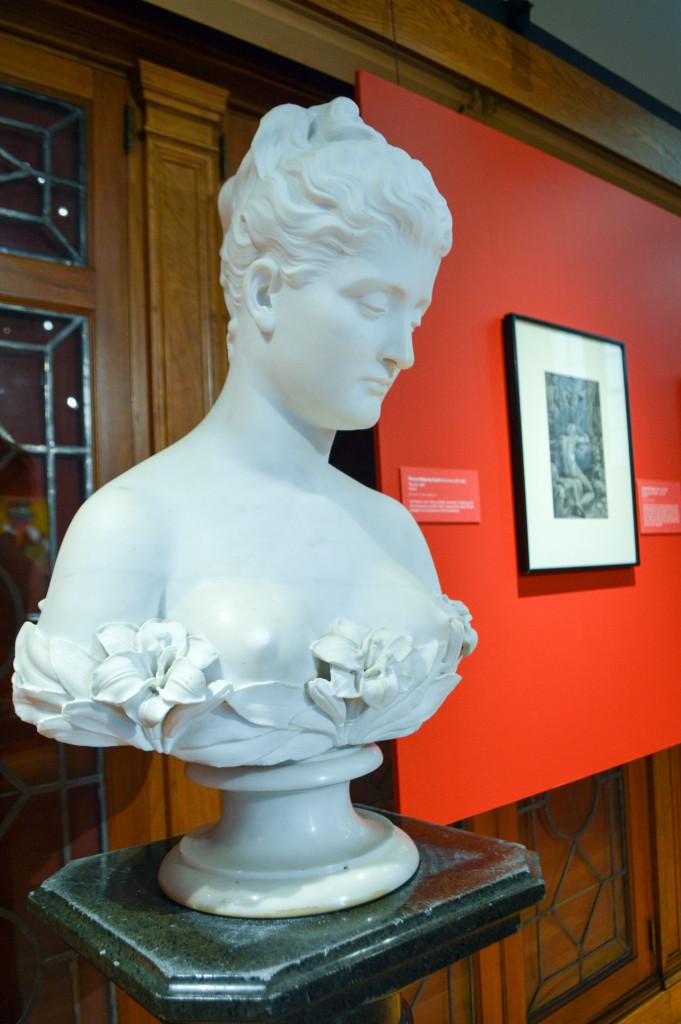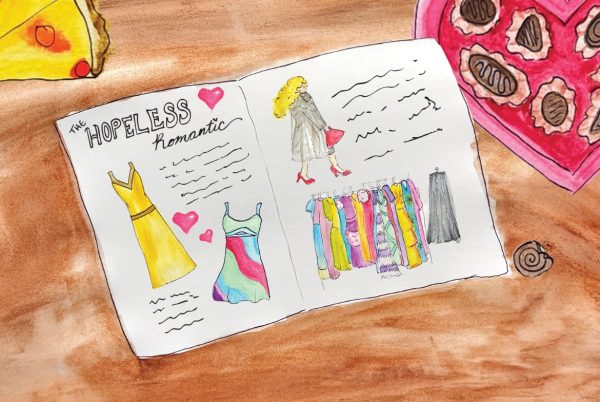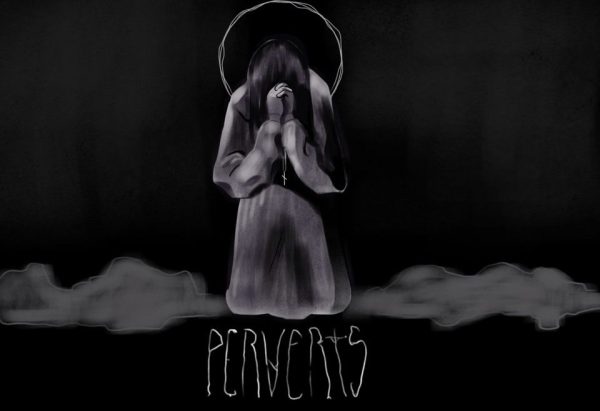Art exhibit opens topic of sexuality
 A new exhibit may cause UVM students to question how society influences their view of sexuality.
A new exhibit may cause UVM students to question how society influences their view of sexuality.
The Fleming Museum introduced the temporary exhibit titled “Sex Objects: Perspectives on Gender and Sexuality” Sept. 8.
According to the museum’s website, the exhibit, curated by art history and anthropology students, features pieces intended to lead viewers to question how their perception of sexuality is influenced by society.
The exhibit’s description on the Fleming Museum’s website asks two questions: “How do societies declare and cultivate their sexual standards?” and “How do the objects on view reflect ideas about beauty, desire, and gender roles?”
The audience is asked to ponder ingrained ideals of beauty and sexuality.
The show aims to make viewers realize that although society projects sexuality as something one must conform to, people should be able to experience it individually.
Junior Lynn Keating is a huge fan of the exhibit; she said it “makes everyone feel like an anthropologist” because of the way it plays with notions of sexual expression and anatomy.
Some pieces communicate traditional themes of sexuality by conforming to gender roles and depicting sex as something that must be perfect.
Others defy gender roles that challenge what sex is and argue that it is meant to be imperfect.
These contrasting ideas showcase the differences between typical and taboo concepts of gender, attraction, expression and sex.
The art that complies gender roles show women as objects of desire or mothering children.
Men are depicted in a traditionally masculine manner with large muscles or fighting in battles.
Yet the exhibit also features work that argues sexuality should not be ordinary, redundant or bleak.
A striking piece by Madeline Veitch entitled “Quilt” delves into the imperfect side of human anatomy and sex.
Veitch created a colorful blanket out of underwear collected in Burlington.
The quilt is made of ripped, frayed and discolored garments, thus revealing a powerful truth: sexuality does not always have to be clean and pretty.
Similar themes were communicated through works like “Reflection” by Barbara Park Racusen.
The sculpture is of a woman turning away from a mirror, displaying her lack of confidence.
A self-portrait by Matushcka, an artist and activist, shows the artist post-mastectomy, showing off her perceived flaws with pride.
“Sex Objects” compares false perceptions of sexuality with the reality of sexuality; it’s imperfect, interesting, bizarre, and still beautiful.










